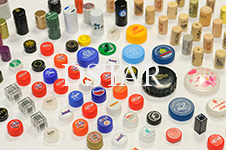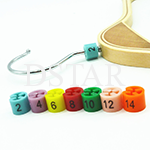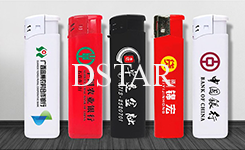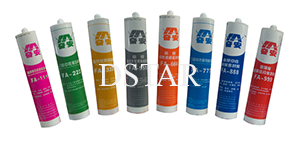Pad Printing application in the Plastic & Rubber Industry






Introduction: Pad printing has emerged as a pivotal technology in the Plastic & Rubber Industry, offering a versatile and efficient solution for imprinting various products. This article delves into the broad application spectrum and promising future of pad printing within the dynamic landscape of plastic and rubber manufacturing.
Application Scope:
- Plastic Components:
- Pad printing excels in decorating plastic components, providing a precise and customizable method for applying logos, labels, and intricate designs on items ranging from electronic devices to automotive parts.
- Rubber Products:
- In the rubber industry, pad printing is employed to mark and brand a diverse range of products, including industrial seals, gaskets, and rubberized components. The flexibility of pad printing allows for detailed and durable markings on various rubber surfaces.
- Promotional Items:
- Manufacturers use pad printing extensively for personalizing promotional plastic and rubber items such as keychains, phone cases, and promotional giveaways. This enhances brand visibility and contributes to marketing strategies.
- Medical Devices:
- Pad printing plays a crucial role in the medical sector by facilitating the application of identification codes, logos, and safety information on plastic and rubber components of medical devices. This ensures traceability and compliance with regulatory standards.
Future Prospects:
- Advanced Materials Compatibility:
- Ongoing research and development in pad printing technology aim to enhance its compatibility with a broader range of materials, including new and advanced plastics and rubber compounds. This expands the potential applications within the industry.
- Integration with Industry 4.0:
- The integration of pad printing with Industry 4.0 technologies, such as automation and digital control systems, is expected to streamline production processes. This can lead to increased efficiency, reduced errors, and improved overall productivity in plastic and rubber manufacturing.
- Environmentally Friendly Solutions:
- As sustainability becomes a central focus across industries, advancements in eco-friendly inks and printing materials for pad printing are anticipated. This aligns with the growing demand for environmentally conscious practices in the Plastic & Rubber Industry.
- Customization and Small Batch Production:
- Pad printing’s adaptability and cost-effectiveness make it an ideal choice for customization and small batch production. This aligns with the industry trend towards offering personalized products and responding quickly to changing market demands.
Conclusion: Pad printing continues to be a driving force in the Plastic & Rubber Industry, providing manufacturers with a reliable and versatile method for enhancing products. With ongoing technological advancements and a focus on sustainability and customization, the future of pad printing in this industry holds tremendous promise, contributing to innovation and competitiveness in a rapidly evolving market.

 DSTAR machine
DSTAR machine

WeChat
Scan the QR Code with wechat